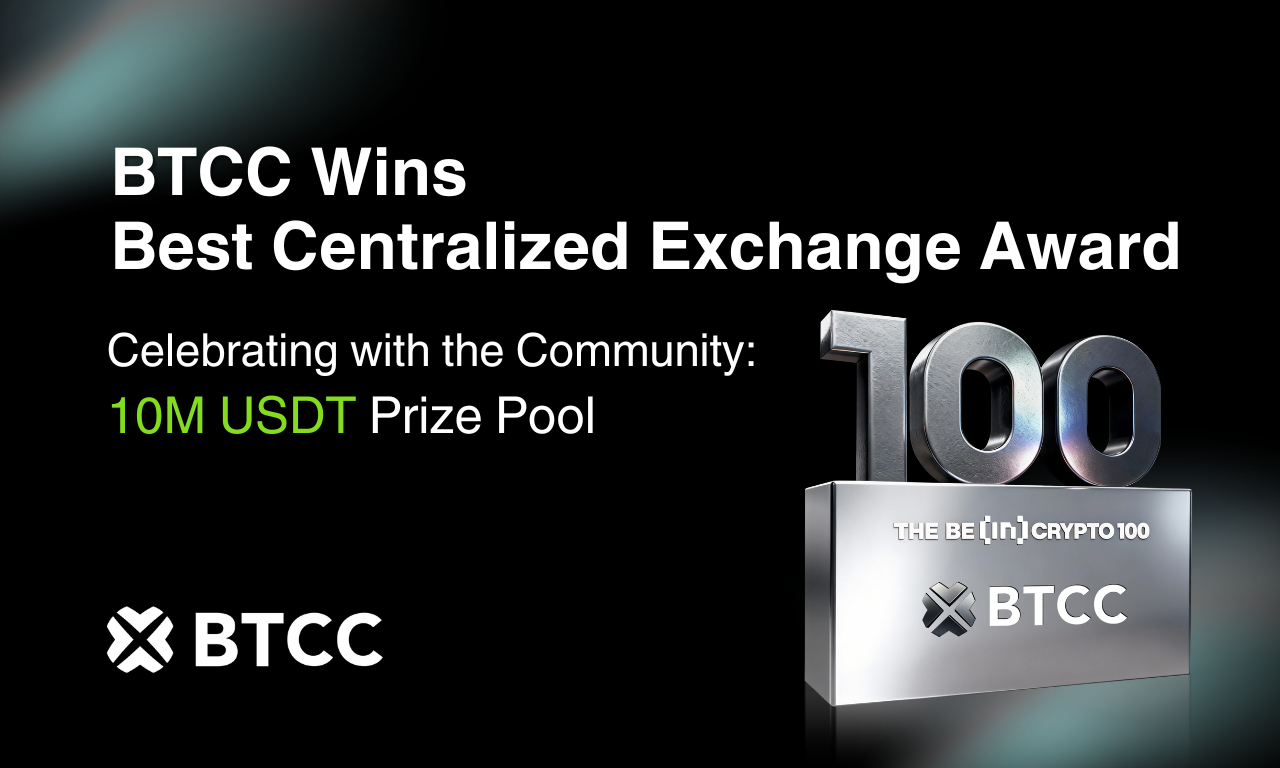Lido Protocol technical contributors are pleased to introduce the Lido V2 proposal – Lido’s largest upgrade to date and a further change on the road to decentralization.

The two main focuses of this upgrade are:
- Staking router: Thanks to a new modular architecture design, anyone can develop on-ramps for new node operators, from independent validators to DAO organizations to distributed validator technology (DVT) clusters. Together, they will create a more diverse ecosystem of validators.
- Staking withdrawals: This Lido Ethereum staking protocol upgrade will allow stETH holders to exit staking from Lido and withdraw at a 1:1 ratio, achieving a key milestone in the Ethereum staking ecosystem that truly allows staking and exiting staking.
The Lido Ethereum staking protocol is designed to provide users with an alternative to centralized staking platforms, such as exchanges while also removing the technical and economic challenges of running independent nodes. From the beginning to the end, the Lido protocol has always insisted on providing users with the highest standards of security and usability.
This proposal aims to drive a more inclusive, open, and transparent platform while building on our core mission of making staking as easy and secure as possible and keeping Ethereum decentralized and censorship-resistant.

Next major upgrade
In the next few months, Ethereum will usher in a big moment – the Shanghai/Capella hard fork. This upgrade allows withdrawals for stakers who have supported Ethereum since its inception and since its inception.
Withdrawals fulfill the core goal of the Lido Ethereum staking protocol, allowing users to freely stake and exit stakes. Based on this freedom, the market will highlight platforms with the best user experience, the best security assurance record, and wider composability in the DeFi ecosystem.
The advent of staking routing and module-based validator set infrastructure will facilitate both the overall Lido Ethereum staking protocol development and contributions from external developers.
The Lido protocol was an early adopter of liquidity staking, initially only using BLS-based 0x00 withdrawal certificates. The Lido protocol switched to the more secure 0x01 withdrawal certificate as soon as the smart contract-based withdrawal certificate became available. Currently, a small percentage of validators (about 12%) are still using the 0x00 withdrawal tokens managed by the 6/11 multisig.
In order to reduce the risks associated with distributed custodians, these certificates will be converted into smart contract-based certificates through a certificate conversion ceremony. During the ceremony, participants will sign a replacement message and broadcast the message to the consensus layer network.
The withdrawal and staking routing implementation will help increase the decentralization of the network, create a healthier Lido protocol, and activate the long-awaited ability to stake and unstake (withdraw) at will, further strengthening stETH as an Ethereum status as the most composable and useful asset in the world.
Staking router
Staking router is a major upgrade to the protocol that modularizes node registration into a more composable architecture. Staking routing will serve as the core of Lido’s vision: to make Lido a platform where stakers, developers, and node operators can collaborate frictionlessly and together drive Ethereum’s decentralized future.

Ethereum should be a trusted, neutral platform for applications and their users. The mission of the Lido Ethereum staking protocol is to provide a secure and accessible staking platform and contribute to the overall decentralization of Ethereum. Lido is firmly committed to further diversifying its operator and validator set, thereby reducing the risk of drops or censorship while maintaining network performance and neutrality.
Overview
Staking router is a controller contract that allows Lido to evolve into a scalable protocol through a modular infrastructure, essentially by treating the various modules as validator pools of potential suppliers to the protocol. Each module will be responsible for managing internal node registration, storing validator keys, and distributing stake shares and rewards.
Each module can include various types of node operators, from stakers based on community assessments to professional or fledgling staking institutions, to DAO organizations, who can run validators independently or collaboratively through infrastructure such as DVT. Additionally, node operators will be able to participate in multiple modules simultaneously. In addition to product features, it allows keys to be stored at L2 or off-chain, reducing protocol costs and increasing the potential number of node operators.
A modular architecture will facilitate faster experimentation with various node operator configurations. This will reduce some technical hurdles while speeding up the iterative process of expanding the node-set.
The stake router is expected to benefit various Lido stakeholders, including:
- Stakers: They benefit from a more diverse and secure set of node operators, as their staked deposits will be distributed across more independent entities, reducing the risk of network downtime and increasing Ethereum’s resilience.
- Node Operators: Through the new module, other types of node operators such as independent validators, validation groups, DAOs, and professional node operators will be able to increase their access to the Lido protocol.
- Developers: Developers will be able to use different node operators to form the node set within the module or customize multiple competitive features (such as insurance protection and fee structure) to issue proposals and development, and finally apply for inclusion in the pledge router module set.

Staking router architecturally shifts the Lido protocol towards an aggregator scheme, including a more diverse set of validators, and offers the possibility of greater flexibility for different schemes, technologies, or even the entire protocol.
Additionally, the staking router will allow individual modules (and the validators their respective modules belong to) to run with custom parameters, such as fees or collateral requirements, adding greater resilience across validator sets.
The future direction of staking modules
Currently, Lido uses a single node operator registration contract, which is the DAO-controlled registry of approved node operators.
The Staking Router proposal would allow for the introduction of additional modules to enable a more diverse set of nodes by utilizing mechanisms such as DVT, collateral, and reputation scoring, in order to open permissionless entry to the set of node operators.
- Community-oriented module: Permissionless node operators based on collateral and selectively reduce collateral requirements based on reputation (eg, based on good performance).
Looking ahead, feasibility modules include:
- DVT module: DVT-based verification nodes (can require collateral), such as Obol’s distributed verification cluster or SSV nodes.
- Off-chain or Layer-2 modules: reduce gas costs by storing verifier keys in off-chain or layer-2 solutions.
To extend this, there can be many modules of the same type (or overlapping modules, e.g. DVT + community-oriented modules) running on the same stake set. Each module will be able to express a specific purpose or theme by means of the nodes of the operator they employ.
Finally, the staking router coordinates deposits and withdrawals to meet the staking quota required by the DAO and allows the vault staking rewards and staking distribution algorithm set by the DAO to control validator share distribution.
Pledge withdrawal
Withdrawals will allow the user to withdraw from staking and redeem ETH at a 1:1 ratio.

Since withdrawals are an essential function of liquidity staking, we strive to design the best possible solution that balances user experience and speed of operation with the security of the protocol.
Due to the inherent complexity in the design of the Ethereum network, where the consensus layer and the execution layer are somewhat separated, the withdrawal mechanism adopted by the Lido protocol will have two modes: Turbo and Bunker mode.
For a more detailed explanation of Lido staking withdrawals, including in-depth coverage of Turbo and Bunker modes, see technical analysis written by Lido protocol engineering contributors.
Turbo mode
Unless there are catastrophic events or unforeseen circumstances affecting the Ethereum network, Turbo mode is used by default. In Turbo Mode, withdrawal requests are quickly fulfilled using all available ETH in user stake deposits and stake rewards. While the length of time to exit the network is uncertain, in the best case, withdrawal requests can be processed within hours without exiting a validator.
To make the process as smooth as possible, Dao contributors have proposed automation tools for the protocol and node operators. The tool will automate the process of validator exits, minimizing possible delays.
Bunker mode
In order to process withdrawals in an orderly manner in catastrophic situations, Lido withdrawals will use the Bunker model. Its purpose is to prevent sophisticated participants from gaining an unfair advantage over other stakers by delaying withdrawals and sharing negative outcomes throughout the protocol.
Withdrawal process
Due to the asynchronous nature of Ethereum withdrawals, withdrawals will be made through a “request + claim” process.
- Request: User locks stETH as a withdrawal request.
- Fulfillment withdrawal: The protocol acquires ETH to satisfy the withdrawal request, locks the ETH and destroys the locked stETH, and marks the status of the withdrawal request as claimable.
- Claim: Users can claim ETH at any time.
Fulfillment withdrawal time is also uncertain. Expect to take a few hours in the best of circumstances, and most fulfillment withdrawals should take less than a week in most cases. However, in the worst case, it may take longer.
It should also be noted that when users queue up for withdrawals (and exit the network), they will not receive staking rewards.
Safe protocol upgrade method
This major proposed upgrade of Lido V2 will undergo the most stringent code review to date, with 7 independent audits by different agencies. Code security is paramount and has undergone countless hours of dedicated internal and external testing.
In line with the recently launched audit policy, we have booked audit services with multiple audit service providers to conduct a diverse and thorough security assessment of all upgrade-related codebases. Some of them are long-term partners, and others will be contributing to Lido security for the first time. Confirmed audit service providers are: Sigma Prime, ChainSecurity, Oxorio, Statemind, HEXENS, MixBytes() Camp, and Certora. All detailed audit reports on the Lido codebase can be found in the open-source GitHub repository.
V2 launch plan
As with anything at the forefront of technological advancement, the plans below are more of a rough guide than a final timeline, and are subject to change.
- Early February: Code freeze and security audit begins.
- End of February: Snapshot vote on upgrade to get pre-commitment on “upgrade parameters” and overall design support for the DAO.
- Early March: Testing on Goerli testnet; testing of all on-chain and off-chain code, oracle and node automation code.
- March/April: Withdrawal certificate replacement ceremony; protocol upgrade pre-hard fork; mainnet code deployment; Aragon chain voting; Shanghai/Capella hard fork.
Call to developers
Lido V2 allows any contributor from the Ethereum ecosystem to develop based on Lido. The rollout of staking routing modularity will come over time, initially prioritizing community-oriented and DVT-based modules.
Soon, community developers, project teams, and researchers will be able to contribute directly to Lido by proposing and developing staking routing modules (module proposals require DAO vote approval).
Once the upgrade is complete, Lido DAO invites you to join our research forum, where further updates will be posted to aid in collaborative proposals. The Lido protocol is designed to foster and support external contributors wherever possible.
Conclusion
As described in this post, the mission of the Lido protocol is to make staking simple and secure while maintaining the decentralization and censorship resistance of Ethereum.
In this case, stake routing is a key milestone toward the goal of growing the best validator set for Ethereum – one that doesn’t sacrifice quality, security, or decentralization.
In the past two years, the Lido protocol has grown and become an integral part of the Ethereum ecosystem and the entire DeFi space. To date, more than 100,000 unique staking addresses have deposited more than 4.8 million ETH into the Lido protocol, and the goal of democratizing staking has been a decent success.
The Lido protocol’s commitment to trustless staking, democratizing the network, and improving the resilience of the Ethereum protocol is as strong as ever. With the launch of Lido V2, the Lido Protocol looks forward to sharing more with our growing community of node operators and LDO holders.
DISCLAIMER: The Information on this website is provided as general market commentary and does not constitute investment advice. We encourage you to do your own research before investing.
Join us to keep track of news: https://linktr.ee/coincu
Website: coincu.com
Harold
Coincu News














